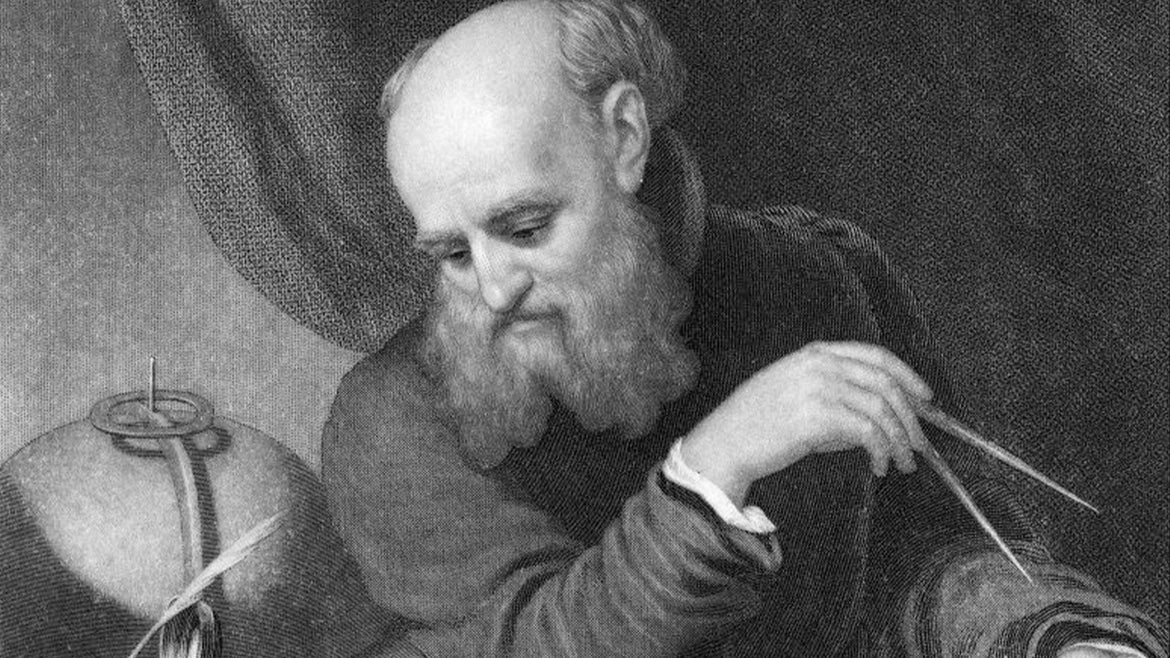The Harvard-based project has received a 1.75 million donation to aid in their efforts to identify, analyze, and retain images of confirmed UAPs and other interstellar phenomenon.
The Galileo Project is preparing to investigate the potential of exterrestrial life.
The project, named for Galileo Galilei — the pioneering Italian astronomer who used telescopes he designed to observe celestial objects like Jupiter’s moons, lunar craters and Saturn’s rings — is led by Avi Loeb, a professor of science in the Department of Astronomy at Harvard University.
After receiving a donation of 1.75 million towards the project, Loeb has assembled a research team of several astronomers and researchers from various fields.
Project representatives shared in a recently released statement that they will seek and investigate evidence that could represent defunct or still-active "extraterrestrial technological civilizations," or ETCs, according to a recently released statement in Scientific American.
A recently released report from the Director of National Intelligence confirmed several sightings of Unidentified Aerial Phenomenon (UAP), but offered no solid explanation.
The project will design new algorithms and use both new and existing telescopes to identify and analyze these UAP alongside “potential interstellar travelers and alien-built satellites” and any other unexplained or and unidentified items in Earth’s atmosphere.
One of the Galileo Project’s research branches will focus on strategies for finding and tracking “interstellar visitors” and potentially on locating small satellites and analyzing UAP sightings, with an emphasis on gathering high quality images, according to Science Magazine.






